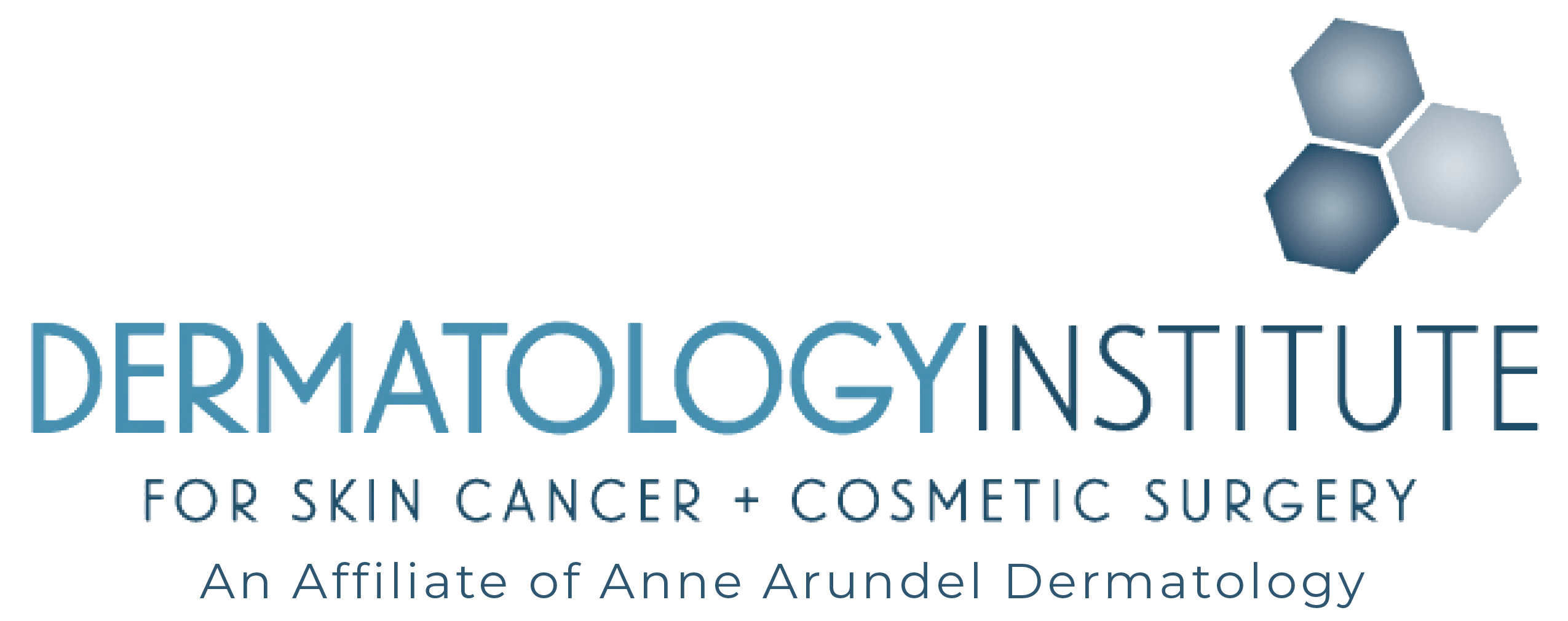What Is Mohs Surgery?
Mohs surgery is an advanced skin cancer removal technique that is performed by surgical dermatologists. It is named after the surgeon who first described the procedure, Dr. Frederick Mohs. It has a cure rate of up to 99% for certain tumors. This procedure provides the most precise method to remove skin cancer. It is reserved for skin cancers on the head and neck area, for those tumors that are large, or for those skin cancers which recur following previous treatment. Not all skin cancers need to be treated with this specialized technique.
Types of Skin Cancers
Basal Cell Carcinoma
This type of cancer is the most common and the most treatable variety. Experts estimate that about 2.8 million cases of basal cell carcinoma are discovered every year in the U.S. Two factors contribute to the development of this type of cancer: a genetic predisposition and excessive sun exposure. It’s typical for people to have this illness without realizing it, which is why total body skin exams are so important.
Squamous Cell Carcinoma
Squamous cell cancer is the second most prevalent type of skin cancer. In the United States, about 700,000 people are diagnosed with squamous cell every year. Squamous cell is also curable in many cases. Like basal cell, sun exposure and a genetic predisposition are common factors for this type of cancer. Sometimes squamous cell makes itself known with a lesion that itches or bleeds. Left untreated, the lesion can metastasize under the skin to spread. Patients should watch lesions carefully. Anytime a sore doesn’t heal, see a physician to have it examined.
Malignant Melanoma
Malignant melanoma is the most deadly type of skin cancer. Although less common, melanoma claims over 9,000 lives per year in the U.S. Every year, over 76,000 new cases of melanoma will be diagnosed in the U.S. UV light exposure is a common cause of melanoma. Atypical moles can increase someone’s risk of developing melanoma. Anyone with a high number of irregular or large moles should have a total body skin exam regularly.
Others
Kaposi’s sarcoma is a rare cancer that is a result of Human Herpes Virus 8. This type of cancer results in lesions on the legs and feet in brownish-red or blue colors. Actinic Keratosis is a condition that occurs prior to squamous cell carcinoma. With this issue, lesions will develop that are scaly, rough, and red or pink in color.rnrnUnderstanding types of skin cancer will allow you to monitor your own health proactively. u003ca href=u0022https://www.derminstitutemd.com/contact-dermatologist-office-newnan/u0022u003eCall us todayu003c/au003e for more information!
When Should You Consider Mohs Surgery?
- A previously treated cancer recurs
 The cancer is large or has undefined edges
The cancer is large or has undefined edges- Scar tissue exists in the area of the cancer
 The cancer grows rapidly or uncontrollably
The cancer grows rapidly or uncontrollably
Surgery Prep
Pre-Op
- Anticipate spending 1 to 4 hours with us. We recommend that you clear your entire half day so that if there is a complication or you experience discomfort, you have the appropriate time set aside to deal with an unanticipated situation. Surgery is not an exact science and we believe that by setting the time aside, you will ensure that we have given you the best care possible.
- Some surgeries require more time than others. This cannot always be predicted prior to scheduling. Every effort will be made to carry out your procedure in a timely fashion.
- We recommend that you bring a book, magazine or headset with you. Juice, crackers, water, tea, and coffee are provided in case you get thirsty or hungry.
- Be aware that our surgical waiting area may be full on the day of your procedure. We tend to do surgeries on certain days. We will try to accommodate any specific needs that you may have and to make your surgical experience a pleasant one.
Post-Op
- Avoid intensive exercise such as running, lifting weights, or swimming for one to two weeks after surgery- please plan accordingly. Do not lift anything heavier than a remote control or fork for the first 24 to 48 hours after your procedure.
- Remember to take your pain medications (if needed) and/or antibiotics as prescribed.
- Call us if signs of bleeding or infection develop at your surgery site, e.g.. fever, warmth, persistent pain, or drainage.
- Keep a pressure dressing on the wound site for 48 hours and do not remove unless it becomes saturated. Do not get your surgery site wet for 48 hours. Call us if you have any questions or concerns.
Our Locations
Visit Dermatology Institute
Our team provides thoughtful, expert care for all your skin health needs. We are proud to offer the most advanced general, surgical, and cosmetic dermatological services in the Newnan and LaGrange areas.



